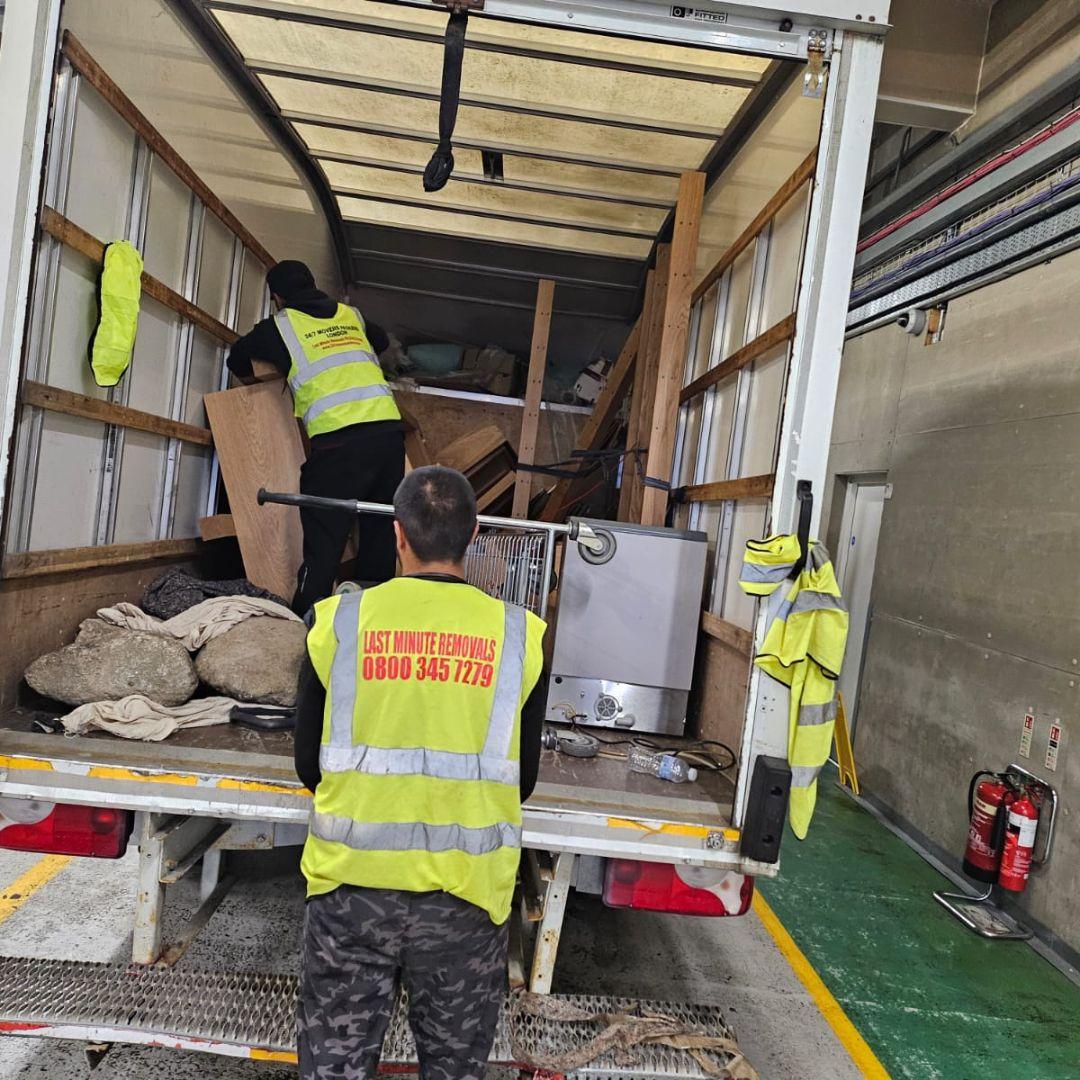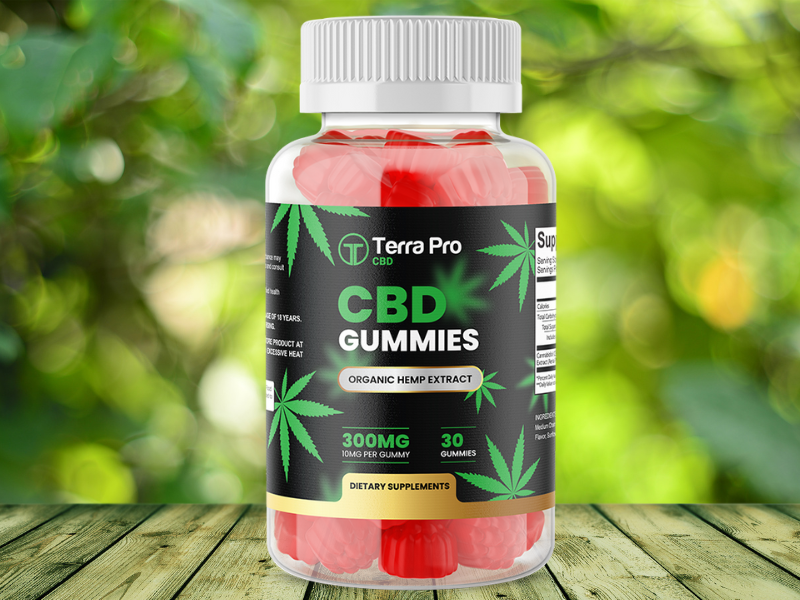Difference Between Sprint, Iteration, and Increment in Agile – With Examples

Agile methodology breaks down large development projects into manageable parts, encouraging continuous improvement, faster delivery, and adaptability. Among the core components of Agile are Sprints, Iterations, and Increments. These terms are often used interchangeably, but each has a specific role in ensuring product development is both efficient and goal-oriented.
This blog will help you understand the clear difference between Sprint, Iteration, and Increment, using real-life examples to simplify these Agile concepts.
What is a Sprint?
A Sprint is a time-boxed development cycle (usually 1–4 weeks), specifically defined in the Scrum framework. It is a short burst of focused work where a Scrum team works to achieve a specific set of deliverables. At the end of each sprint, there’s a sprint review to showcase what’s been completed.
Example:
Imagine a mobile app development team working on a food delivery app. In a 2-week sprint, they aim to complete the user registration and login functionality. At the end of the sprint, this feature should be developed, tested, and ready to deploy.
What is an Iteration?
Iteration is a broader Agile term and refers to the repetition of a development cycle. It focuses on gradually building the product, modifying features, and incorporating user feedback. It doesn’t always have a formal review at the end, unlike sprints.
Example:
An Android team uses 3-week iterations to test a new search feature. After every iteration, they review test results, gather user feedback, make changes, and repeat the cycle in the next iteration. This helps improve usability and performance continuously.
What is an Increment?
An Increment refers to the sum of all completed work at the end of a sprint or iteration that adds value to the product. Increments are potentially shippable versions of the product. Each increment builds upon the previous one, gradually leading to the final release.
Example:
Think of an e-commerce website:
Release 1: Basic functionality (product search, add to cart)
Release 2 (Increment): Added user reviews
Release 3 (Increment): Implemented wishlist and payment integration
Each release adds value to the product and brings it closer to final completion.
Iteration vs Sprint in SAFe
In SAFe (Scaled Agile Framework), sprints are often referred to as iterations. Teams work in 2-week iterations which contribute to a Program Increment (PI) — a bigger development milestone. Here, each iteration is still a sprint but is part of a larger coordinated release cycle.
Sprint vs Release
Sprint is a short development cycle focused on building specific features.
Release is when increments are bundled together for delivery to users.
So, several sprints can contribute to one major release.
Iteration vs Increment in Agile
Iteration is a process or development phase.
Increment is the actual deliverable product result after one or more iterations.
In short, iteration is the action; increment is the outcome.
What Are the Benefits of Using the Scrum Framework?
Continuous delivery of value
Focused goals with predictable timelines
Regular feedback through reviews and retrospectives
Better collaboration across roles
Faster time to market
Easier risk management with smaller tasks
Increased transparency and team accountability
If you're eager to master Agile and Scrum practices, especially to understand the practical application of Sprints, Iterations, and Increments, HelloSM is the best Scrum training institute in Hyderabad. Contact HelloSM for certified Scrum Master training, real-time case studies, and placement support. Learn from industry professionals and upgrade your Agile career!
Frequently Asked Questions
Q1. Are all sprints iterations?
Yes, all sprints are iterations, but not all iterations are sprints (sprints are Scrum-specific).
Q2. What is the main difference between a sprint and an iteration?
A sprint is time-boxed with formal review; iteration is broader and doesn’t always end with a review.
Q3. What is the purpose of an increment?
To deliver a potentially shippable product result that adds value to the existing product.
Q4. How many iterations are there in a sprint?
Typically, one sprint is equal to one iteration in Scrum.
Q5. What comes after an increment?
A new increment builds on the previous one — leading to a release or a final product.
Q6. Is Scrum the only framework that uses sprints?
Yes, "sprint" is a Scrum-specific term, but other Agile frameworks have similar iterations.






